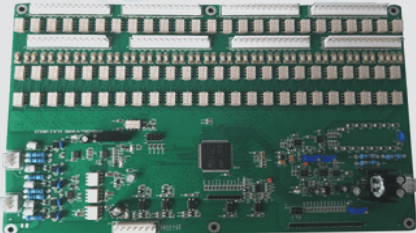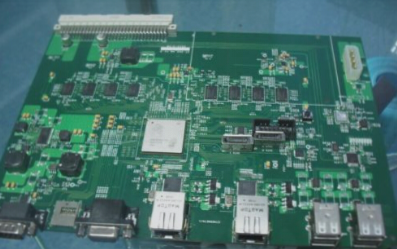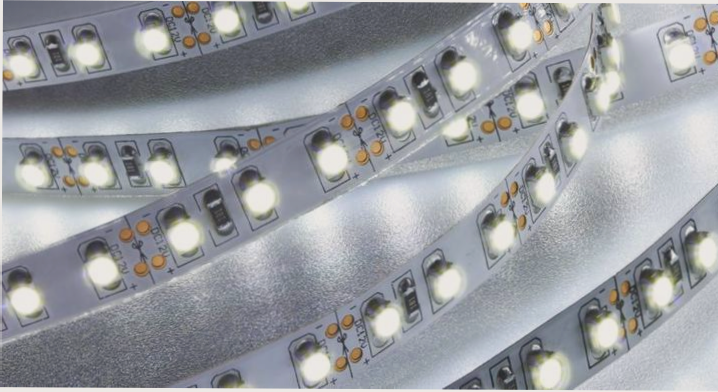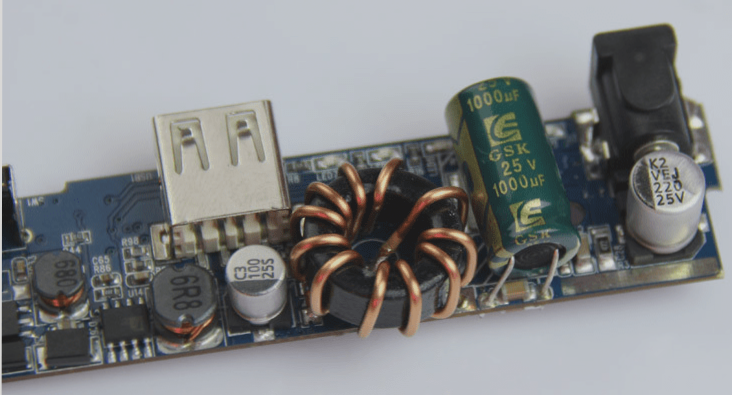Key Considerations for PCB Component Selection
- Choose the Right PCB Parts Packaging
- Understand Package Details
- Start with a Basic Layout
- Examine the Land Pattern
- Effective Grounding Techniques
- Allocate Virtual Component Packages
- Comprehensive BOM Data
During the PCB layout phase, it’s essential to consider component packaging and pad patterns. When selecting components, keep the following recommendations in mind:
Components’ packaging includes electrical pad connections and mechanical dimensions. Consider installation and packaging constraints on both PCB layers.
Create a basic circuit board outline and position critical components early on to ensure proper fit within the final casing.
Ensure the pad pattern guarantees proper soldering and maintains mechanical integrity. Consider soldering techniques during layout design.
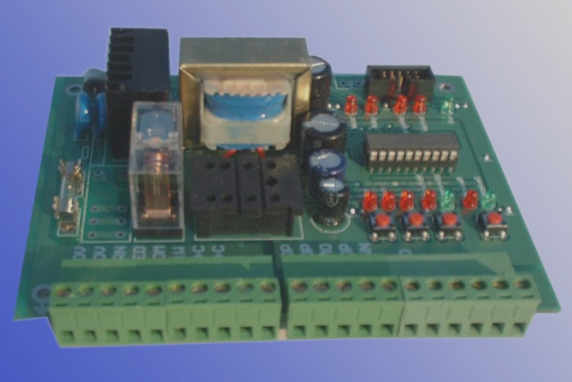
Include adequate side capacitance and a solid ground plane in the design. Position decoupling capacitors appropriately for integrated circuits to optimize electromagnetic compatibility.
Generate a bill of materials (BOM) to verify virtual components. Replace virtual components with packaged ones for the layout stage.
Review all PCB components in the BOM report for any missing supplier or manufacturer details.
Component Label Organization and PCB Design Tips
- Sort components according to their labels, ensuring consecutive numbering for better organization.
- Check extra gate circuits to prevent floating inputs by connecting them to signals.
- Verify and connect all unused inputs to avoid system malfunctions.
- For IC components with bidirectional operation, use one transmission direction or ground the unused input.
- Implement a suitable feedback network to ensure proper component functionality.
- ICs with suspended pins may not work effectively and should be in a saturated state for optimal performance.
- Simulation models may not accurately represent the effects of suspended connections in IC devices.
If you require further assistance, feel free to reach out!

